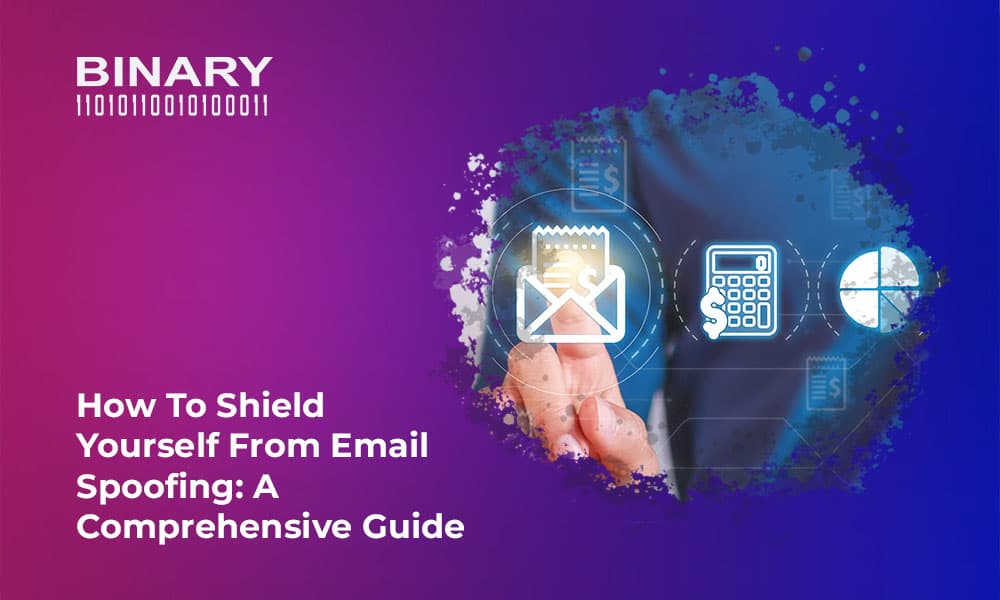How to Shield Yourself from Email Spoofing: A Comprehensive Guide

Introduction
In the modern digital landscape, email spoofing has become a advance menace to both individual and corporate security. This misleading strategy involves altering the email header to make it seem as if the message originates from a different sender than the actual one. As cybercrime continues to increase, it's increasingly important to comprehend and safeguard against email spoofing.
Understanding Email Spoofing
Email spoofing is a technique used by bad actors or cybercriminals to deceive recipients into believing that an email has been sent by a trusted entity. This manipulation of the email header can facilitate phishing scams, spread malware, or commit identity theft. By masquerading as reputable senders, attackers exploit the trust between individuals and well-known brands.
The Mechanics Behind Email Spoofing
The process hinges on the simple mail transfer protocol (SMTP), the standard for email transmission across the Internet, which does not inherently verify sender identity. This vulnerability allows attackers to craft emails with forged sender addresses. Understanding this is pivotal in developing strategies to counteract email spoofing.
Recognizing Email Spoofing Attacks
Identifying a spoofed email can be challenging, but certain red flags can help:
- Unexpected requests for personal information or financial transactions.
- Mismatched URLs or email addresses with subtle misspellings.
- Generic greetings, such as "Dear Customer," instead of your name.
Strategies to Combat Email Spoofing
Protecting against email spoofing requires a multifaceted approach:
- Implement email authentication protocols like Sender Policy Framework (SPF), DomainKeys Identified Mail (DKIM), and Domain-based Message Authentication, Reporting, and Conformance (DMARC).
- Educate employees and users about the dangers of phishing and the importance of verifying email authenticity.
- Utilize advanced email security solutions that offer phishing protection and suspicious email detection.
Leveraging Tools for Enhanced Email Security
Investing in robust email security tools is essential for detecting and preventing spoofing attempts. Solutions like anti-phishing software and email filtering services can significantly reduce the risk of falling victim to these attacks.
Conclusion
Email spoofing poses a significant threat to digital security, exploiting the trust we place in our inboxes. By understanding how spoofing works and implementing strategic defenses, individuals and organizations can greatly mitigate the risk of being compromised. Stay vigilant, stay informed, and take proactive steps to safeguard your digital communication channels.



